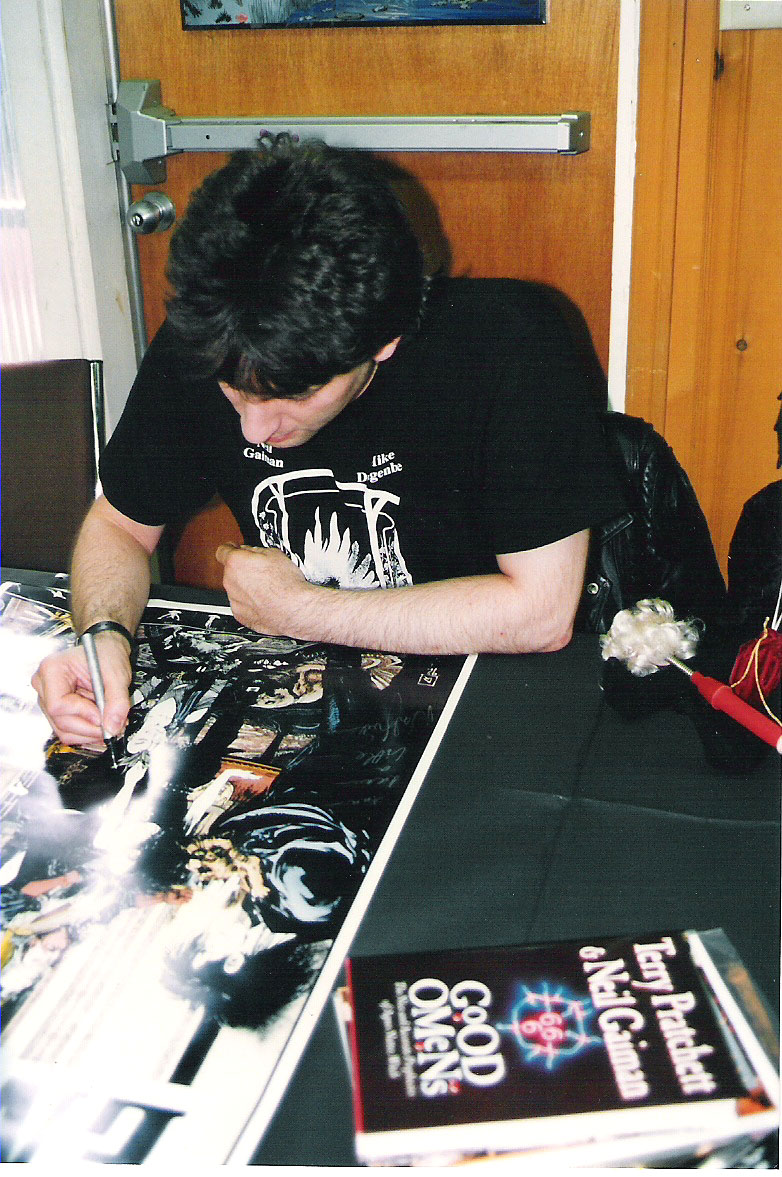This article contains affiliate links. If you’ve been following my Escape the Castle posts as of late, you’ll know that I’m taking a course in how to build an RPG Chatbot with…
Category: Chatbot
Escape the Castle RPG ChatBot – Weeks 2 and 3
This article contains affiliate links. I’ve decided to sum up my experiences by week hereafter instead of by day since there are some days that I just spend a couple of minutes…
Escape the Castle RPG ChatBot – Day 1
This article contains affiliate links. I’ve signed up for James Burchill’s workshop, RPG Chatbot, based on his amazing Chatbotist courses. If you haven’t seen them, you should really check them out. I…



